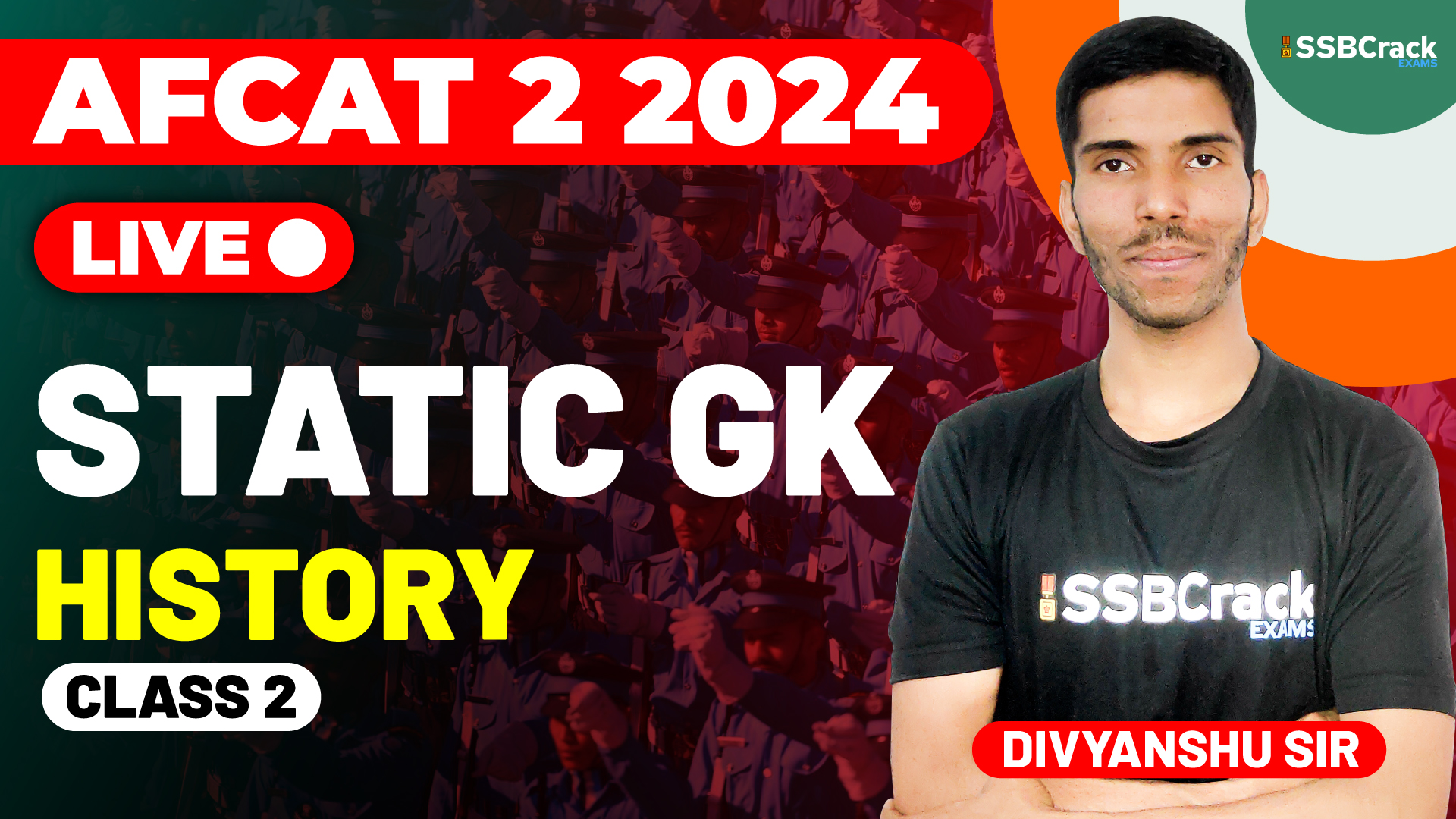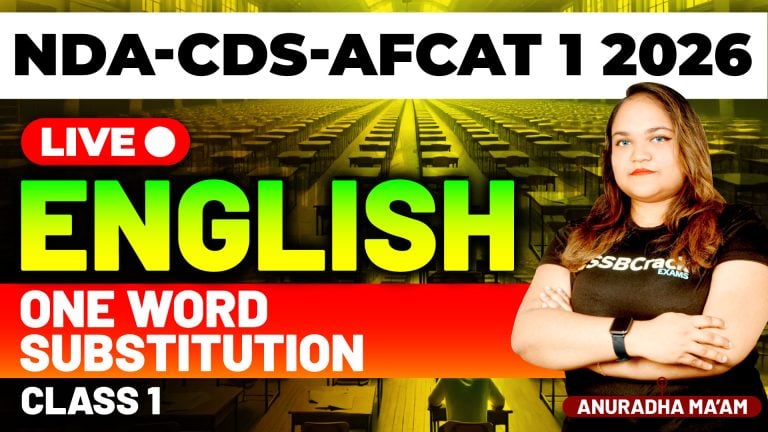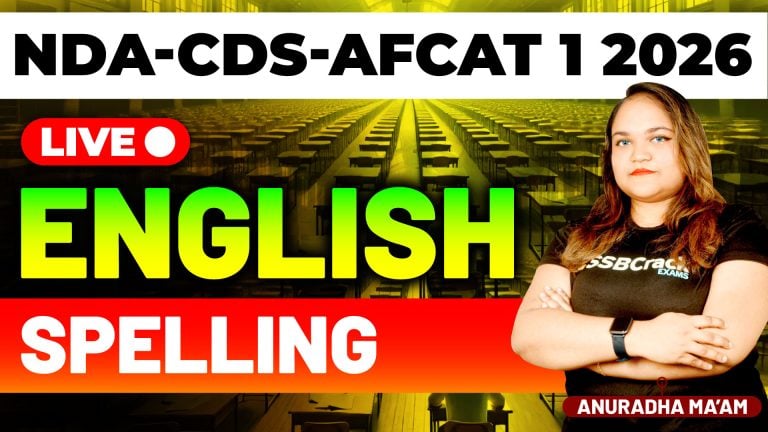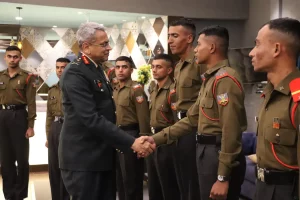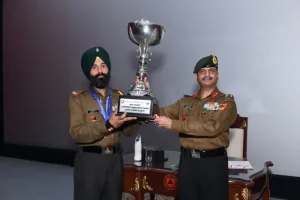The history of India’s struggle for independence from British rule is a crucial topic for AFCAT 2 2024 aspirants. Spanning from the First War of Independence in 1857 to the eventual attainment of freedom in 1947, this period is marked by significant events, movements, and personalities that shaped the course of Indian history. This article provides an overview of the key events and milestones in India’s independence movement.
AFCAT 2 2024 Exam Static GK History Class 2
The First War of Independence (1857)
Overview
The First War of Independence, also known as the Sepoy Mutiny or the Indian Rebellion of 1857, was a major, but ultimately unsuccessful, uprising against the British East India Company’s rule.
Key Causes
- Economic Exploitation: Heavy taxation and economic policies that impoverished Indian peasants and artisans.
- Social and Religious Reforms: British policies that interfered with traditional Indian social and religious practices.
- Military Discontent: Grievances among Indian soldiers (sepoys) regarding pay, conditions of service, and the use of greased cartridges rumored to be made from cow and pig fat.
Major Events
- Meerut Uprising (May 1857): The rebellion began in Meerut when Indian soldiers revolted against their British officers.
- Siege of Delhi: Rebels captured Delhi, proclaiming Bahadur Shah Zafar as the emperor of India.
- Other Key Battles: Significant conflicts occurred in Kanpur, Lucknow, Jhansi, and Gwalior.
Outcome
- The rebellion was suppressed by 1858, leading to the dissolution of the East India Company. Control of India was transferred to the British Crown, initiating the period of the British Raj.
Rise of Nationalism (Late 19th Century)
Formation of Indian National Congress (1885)
- Founders: Allan Octavian Hume, Dadabhai Naoroji, and Dinshaw Wacha.
- Objective: To create a platform for civic and political dialogue among educated Indians.
Early Nationalist Leaders
- Dadabhai Naoroji: Known as the “Grand Old Man of India,” he highlighted the economic drain of India by the British.
- Bal Gangadhar Tilak: Promoted the slogan “Swaraj is my birthright and I shall have it” and initiated mass movements like the Swadeshi Movement.
Early 20th Century Movements
Partition of Bengal (1905)
- Background: Viceroy Lord Curzon’s decision to partition Bengal was seen as an attempt to divide and rule by splitting the largely Muslim eastern areas from the largely Hindu western areas.
- Response: The Swadeshi Movement and boycott of British goods. The partition was annulled in 1911.
The Formation of the Muslim League (1906)
- Objective: To protect and advance the political rights of Muslims in India. The league played a crucial role in the eventual demand for Pakistan.
Gandhian Era (1915-1947)
Return of Mahatma Gandhi (1915)
- Gandhi returned to India from South Africa and became the leader of the Indian National Congress, promoting non-violent civil disobedience.
Non-Cooperation Movement (1920-1922)
- Cause: The Jallianwala Bagh massacre (1919) and the Rowlatt Act (1919).
- Actions: Boycott of British goods, institutions, and services. Massive participation across the country.
- Outcome: The movement was called off after the violent incident at Chauri Chaura.
Civil Disobedience Movement (1930-1934)
- Dandi March (1930): Gandhi’s march to the sea to make salt, defying British salt laws.
- Outcome: Widespread protests, arrests, and negotiations with the British government.
Quit India Movement (1942)
- Launch: “Do or Die” call by Gandhi on 8 August 1942.
- Objective: Immediate end to British rule in India.
- Outcome: Mass arrests and repression by the British, but it created a widespread demand for independence.
Path to Independence
Indian National Army (INA)
- Founder: Subhas Chandra Bose.
- Objective: To fight the British with the help of Axis powers during World War II.
- Significance: Though militarily unsuccessful, it inspired Indian soldiers and civilians.
Post-War Scenario
- Naval Mutiny (1946): Rebellion by Indian sailors in Bombay, reflecting widespread discontent.
- Simultaneous Movements: Communal tensions and the demand for Pakistan led by the Muslim League.
Independence and Partition (1947)
- Mountbatten Plan (June 1947): Proposed partition of India into two independent dominions – India and Pakistan.
- Independence Act: Passed by the British Parliament, leading to the formation of India and Pakistan on 15 August 1947.
- Leaders: Jawaharlal Nehru became the first Prime Minister of India; Muhammad Ali Jinnah became the first Governor-General of Pakistan.
Conclusion
The struggle for India’s independence from 1857 to 1947 was marked by a series of significant movements, leaders, and events that collectively led to the end of British rule. From the First War of Independence to the Quit India Movement, and the eventual partition, each phase played a crucial role in shaping modern India. Understanding this period is essential for AFCAT 2 2024 aspirants to excel in the static GK section of the exam.
